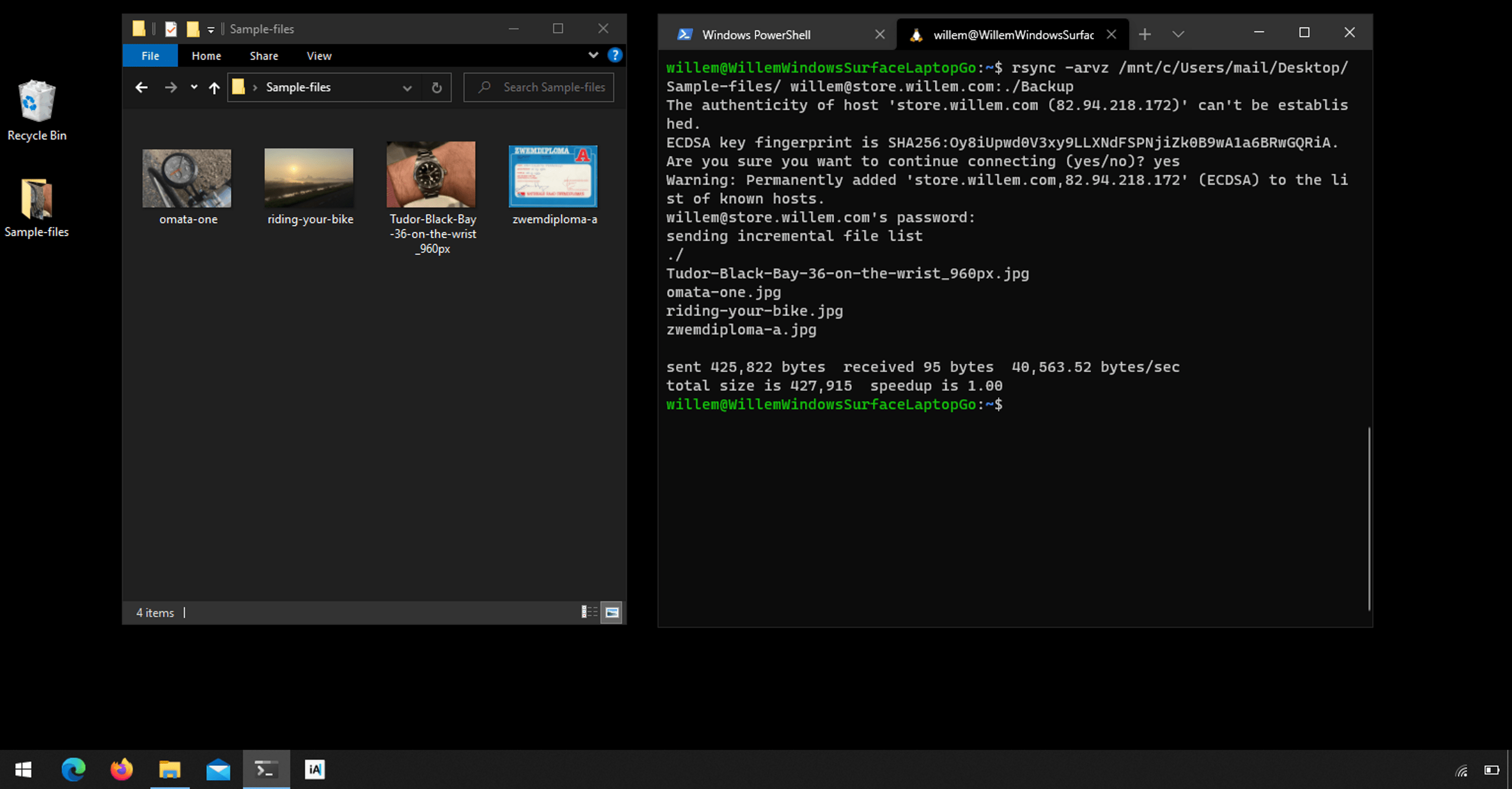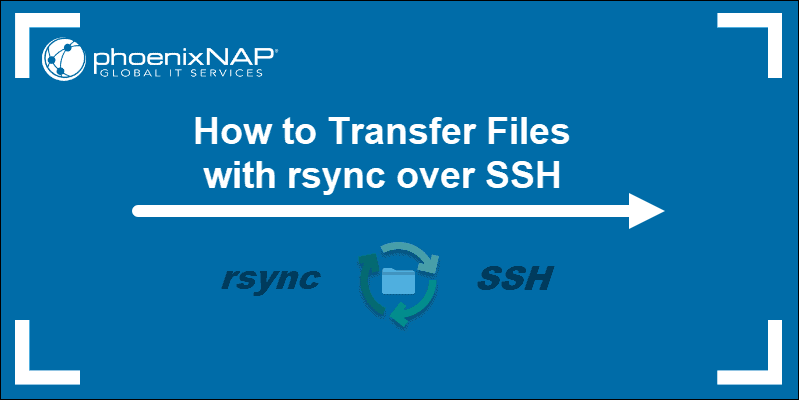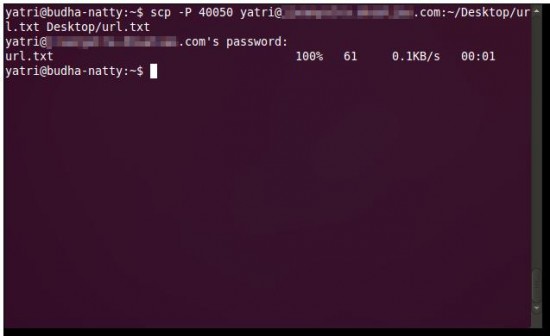

#Ssh copy file to remote download
Keep in mind that to download and upload the files with SFTP, you will need to type the command put or get and press the TAB key. txt extension in the /home/user-name from the local machine to the remote /root directory. This command would move all files with the. It works nearly the same as mget: mput /home/user-name/*.txt /root You can also try transferring multiple files using the mput command. Now we will find the file in the remote server’s root directory. To move the file example.txt from a local machine to the remote machine, enter the following command: put /home/user-name/example.txt /root In this case, the syntax of get command will be: get file.txt /RemoteDirectory


To copy a file from the local machine to the remote server, we’ll use the get command again. Transferring Files From the Local Machine to a Remote Server conf extension to your current working directory, you will use the following command: mget /etc/*.confĪfter the download, you can find all *.conf files in /user/home directory of your local machine. To download all files in a directory called /etc that have the. To download multiple files with SFTP, use the mget command. Once the download is complete, you can now find that the file nf is in the /user/home directory of your local machine. Here’s the basic syntax of the get command: get /RemoteDirectory/filename.txtįor example, to copy the file /etc/nf from the remote server to your local machine, you would use: get /etc/nf
#Ssh copy file to remote how to
Now, let’s see how to transfer a file from a remote server to your local machine using the get command. To do this, we’ll use these SFTP commands: sftp> lpwd To start, let’s check which local and which remote working directory we are using. Transferring Remote Files From a Server to the Local System If you’re interested in the latter, check our tutorial here. You can also transfer your files using SFTP clients, such as WinSCP or FileZilla. Here we’re going to show you how to transfer remote files to the local system using SFTP and vice versa. Sftp -oPort=49166 you’re connected, you will see an SFTP prompt. Sftp -oPort=customport -oPort=customport Here’s how it should look like: Sftp If you’re using a custom SSH port, use one of these commands to change the SFTP port: Initiate an SFTP connection with the following commands:.Ssh Once that is done, leave the session if no errors occurred. Check your SSH access using one of these commands:.Once you’re ready, follow the steps below to connect with SFTP: You can check this tutorial on how to set up your SSH keys.
#Ssh copy file to remote password
While it’s easier to set up and use password authentication, it’s much more convenient and safer to create SSH keys for a passwordless SFTP login. Hence, it supports all SSH authentication methods.


 0 kommentar(er)
0 kommentar(er)
